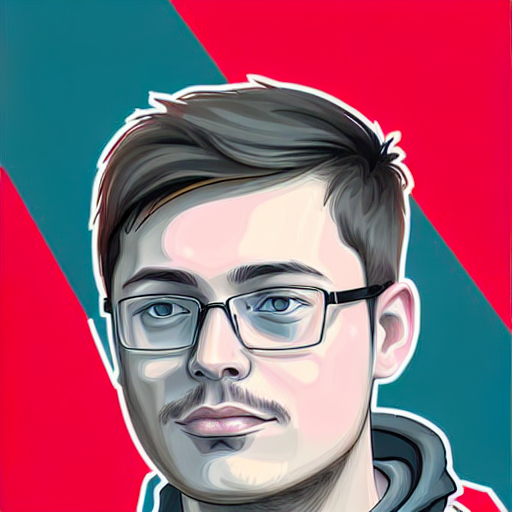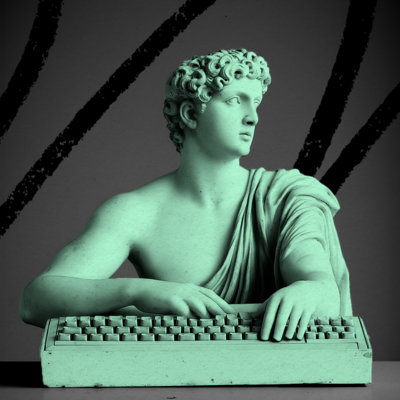
Sponsored By: Alts
This essay is brought to you by Alts, the best place for uncovering new and interesting alternative assets to invest in.
To begin, we must establish that I am a moron.
My code writing skills are so subpar that it’s an insult to the word skill to apply it to my abilities. GitHub is frightening, engineers are wizards, etc., etc. You combine this idiocy with my Macbook Air from 2018 (that has water damage and randomly restarts twice a day), and I shouldn’t even be able to type. Despite that, I was able to use open-source software and 5 pictures of myself to make a self-portrait using AI. It took maybe 15 minutes.
I then decided to go to space.
Then I wanted to see what I would look like in Cyberpunk Jersey Shore.
Then I chose to become a neckbeard.
The Only Subscription
You Need to
Stay at the
Edge of AI
The essential toolkit for those shaping the future
"This might be the best value you
can get from an AI subscription."
- Jay S.
Join 100,000+ leaders, builders, and innovators

Email address
Already have an account? Sign in
What is included in a subscription?
Daily insights from AI pioneers + early access to powerful AI tools














Comments
Don't have an account? Sign up!